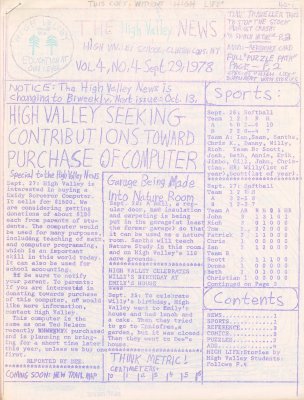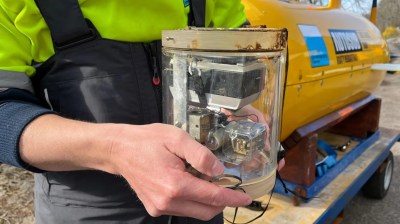When you think of printing on paper, you probably think of an ink jet or a laser printer. If you happen to think of a thermal printer, we bet you think of something like a receipt printer: fast and monochrome. But in the last few decades, there’s been a family of niche printers designed to print snapshots in color using thermal technology. Some of them are built into cameras and some are about the size of a chunky cell phone battery, but they all rely on a Polaroid-developed technology for doing high-definition color printing known as Zink — a portmanteau of zero ink.
For whatever reason, these printers aren’t a household name even though they’ve been around for a while. Yet, someone must be using them. You can buy printers and paper quite readily and relatively inexpensively. Recently, I saw an HP-branded Zink printer in action, and I wasn’t expecting much. But I was stunned at the picture quality. Sure, it can’t print a very large photo, but for little wallet-size snaps, it did a great job.
The Tech
Polaroid was well known for making photographic paper with color layers used in instant photography. In the 1990s, the company was looking for something new. The Zink paper was the result. The paper has three layers of amorphochromic dyes. Initially, the dye is colorless, but will take on a particular color based on temperature.
The key to understanding the process is that you can control the temperature that will trigger a color change. The top layer of the paper requires high heat to change. The printer uses a very short pulse, so that the top layer will turn yellow, but the heat won’t travel down past that top layer.
The middle layer — magenta — will change at a medium heat level. But to get that heat to the layer, the pulse has to be longer. The top layer, however, doesn’t care because it never gets to the temperature that will cause it to turn yellow.
The bottom layer is cyan. This dye is set to take the lowest temperature of all, but since the bottom heats up slowly, it takes an even longer pulse at the lower temperature. The top two layers, again, don’t matter since they won’t get hot enough to change. A researcher involved in the project likened the process to fried ice cream. You fry the coating at a high temperature for a short time to avoid melting the ice cream. Or you can wait, and the ice cream will melt without affecting the coating.
Continue reading “Zink Is Zero Ink — Sort Of” →




















